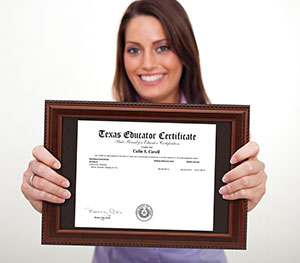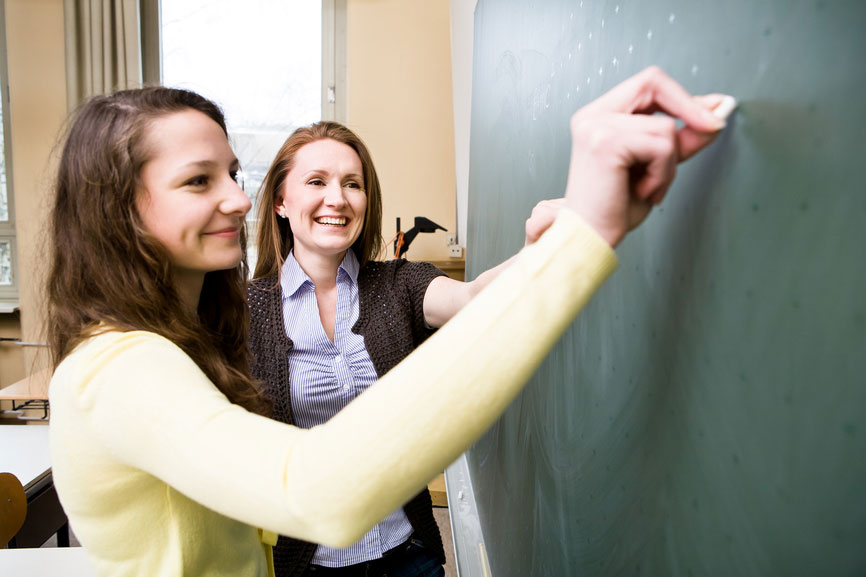Definition of Plagiarism
The definition of plagiarism varies by differing institutions and is considered a difficult concept to define. Plagiarism can include a range of possibilities including incorrect citation to full-blown cheating. Some students can actually plagiarize without knowing it, while others do so with planful deliberation. Put simply, the Honor Council’s definition of plagiarism is “the act of passing off as one’s own the ideas or writings of another.” In addition to this definition of plagiarism, there are also differing types. Stephen Without in “Helping Students Avoid Plagiarism,” creates a list of the varying types of plagiarism:
- Buying a paper from a research service or paper mill.
- Turning in another student’s work without that student’s knowledge.
- Turning in a paper a peer has written for the student.
- Copying a paper from a source text without proper acknowledgement.
- Copying materials from a source text, supplying proper documentation, but leaving out quotation marks.
- Paraphrasing materials from a source text without appropriate documentation.
- Turning in a paper from a “free term paper” website.
Part of the problem is the confusion of students that do not understand when to provide a reference. The student may understand the definition of plagiarism but be unclear as to when and how to cite a source. Some simple conventions for when to provide a reference are:
1. If you use someone else’s ideas, opinions, or theories you cite the source the ideas came from.
2. If you use any facts, statistics, graphs, drawings – any piece of information that is not common knowledge – cite the source.
3. If you use quotations of another person’s actual spoken or written words.
4. If the way in which you are using a source is unclear, make it clear but adding parenthetical notation.
5. If you receive specific help from someone while writing your paper, acknowledge it.
Paraphrasing:
While paraphrasing is not included in the definition of plagiarism, it is a concept that many students will find confusing. Paraphrasing is putting someone else’s ideas into your own words. This skill will probably be used the most by students because it does not at first glance seem to fit the original definition of plagiarism. Although you are using your own words to paraphrase, you are still using someone’s original thought or idea. This makes it imperative to cite the source in which that knowledge is originated. Especially in college courses, students engage with other people’s ideas by reading them in books, hearing them in lectures and discussing them in class. This often leads to incorporating these ideas into our own writing. It is very important to give credit to avoid plagiarism. Often time students think of plagiarism as copying something a source word for word and not providing documentation. This definition of plagiarism does not take into account that not giving proper credit to paraphrased ideas is still a form of plagiarism. Teachers are responsible to communicate the importance of understanding the definition of plagiarism and all of its components. Students need to be aware of the definition of plagiarism and what to do to avoid it to become successful in writing and research skills.










